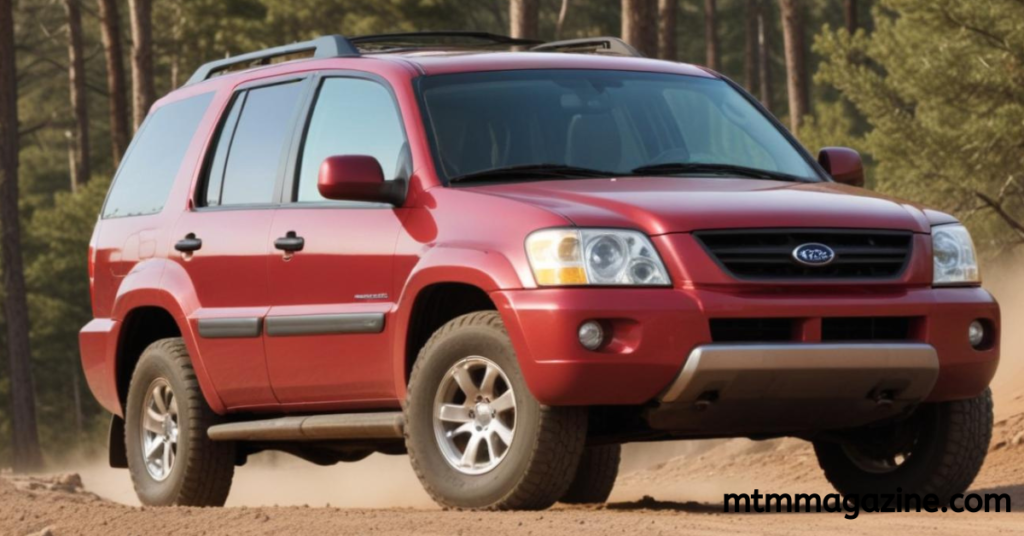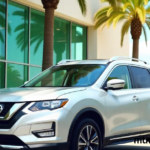The Honda Pilot is a popular midsize SUV, known for its reliability, spacious interior, and family-friendly features. However, like any vehicle, some years of the Honda Pilot have had more issues than others. This article will highlight the Honda Pilot years to avoid, explain the problems associated with these models, and help you make an informed decision.
What Makes Certain Honda Pilot Years Risky?
While Honda is celebrated for its dependable vehicles, a few Honda Pilot models have faced recurring problems that buyers should be aware of. These issues often stem from manufacturing defects, design flaws, or aging components. Identifying these problem years can save you from costly repairs and disappointments.
Honda Pilot Years to Avoid
Based on consumer reports, complaints, and expert analysis, here are the Honda Pilot years you should approach with caution:
1. 2003 Honda Pilot
The first-generation Honda Pilot had notable issues with its transmission. Owners reported premature transmission failures, often requiring expensive replacements or repairs. The cooling system design in the transmission was also problematic, leading to overheating and mechanical breakdowns.
2. 2005 Honda Pilot
This model year suffered from persistent electrical problems. Many owners experienced malfunctioning dashboard lights, faulty ignition switches, and issues with the radio. Additionally, the airbags in the 2005 Pilot were subject to a major recall due to safety concerns.
3. 2009 Honda Pilot
The 2009 Honda Pilot, part of the second generation, faced problems with excessive oil consumption. This issue often led to engine misfires and, in some cases, long-term engine damage. Suspension problems, like premature wear of bushings and struts, were also reported.
4. 2016 Honda Pilot
The third generation brought many updates, but the 2016 model year had significant transmission issues. Many owners reported jerky shifting, hesitation when accelerating, and problems with the nine-speed automatic transmission. Furthermore, the infotainment system in this model often malfunctioned.
5. 2019 Honda Pilot
Although relatively new, the 2019 Honda Pilot had problems with its electronics. Complaints included unresponsive touchscreen systems, Bluetooth connectivity issues, and sporadic system reboots. Some owners also reported problems with the driver-assist features, such as lane-keeping assist and adaptive cruise control.
Key Problems Explained
Transmission Failures
Transmission issues are one of the most significant problems in certain Honda Pilot models. These can result in difficulty shifting gears, complete transmission failure, or unexpected jerks while driving. Fixing a transmission problem can be costly, with repairs ranging from $3,000 to $5,000.
Excessive Oil Consumption
Excessive oil consumption, especially in the 2009 Honda Pilot, leads to frequent oil top-ups and potential engine damage if neglected. This issue often requires repairs like replacing piston rings or even the entire engine.
Electrical and Infotainment Issues
Electrical problems, including faulty dashboard lights, ignition switches, and infotainment malfunctions, were common in several years. These issues can cause frustration and impact the driving experience.
Airbag and Safety Recalls
Certain Honda Pilot years had safety recalls due to airbag defects. These issues could lead to airbags deploying unexpectedly or failing to deploy in a crash.
How to Choose the Right Honda Pilot
If you’re considering buying a Honda Pilot, here are some tips:
- Research the Model Year: Look up consumer reviews and reliability ratings for the specific year you’re interested in.
- Check for Recalls: Verify if the model year has any outstanding recalls and ensure they’ve been addressed.
- Inspect Maintenance Records: A well-maintained Honda Pilot is less likely to have recurring problems.
- Consider Certified Pre-Owned (CPO) Models: These vehicles are inspected thoroughly and often come with extended warranties.
Conclusion
While the Honda Pilot is generally a reliable and practical SUV, certain years are more prone to problems. Avoiding models like the 2003, 2005, 2009, 2016, and 2019 Pilots can save you from costly repairs and headaches. By doing your research and choosing a dependable model, you can enjoy all the benefits the Honda Pilot has to offer.
FAQs
1. Is the Honda Pilot a reliable SUV overall?
Yes, the Honda Pilot is considered a reliable SUV overall, but some model years have had recurring issues.
2. Which Honda Pilot year is the most reliable?
Models from 2013 to 2015 and 2020 onwards are generally considered reliable with fewer reported issues.
3. How can I avoid buying a problematic Honda Pilot?
Research the model year, check maintenance records, and opt for a certified pre-owned model for added peace of mind.
4. Are transmission problems common in newer Honda Pilots?
Transmission problems were more common in older models and the 2016 model year. Honda has addressed these issues in more recent models.
5. What should I do if I own a problematic Honda Pilot year?
Ensure all recalls have been addressed and maintain the vehicle regularly to mitigate potential issues.



